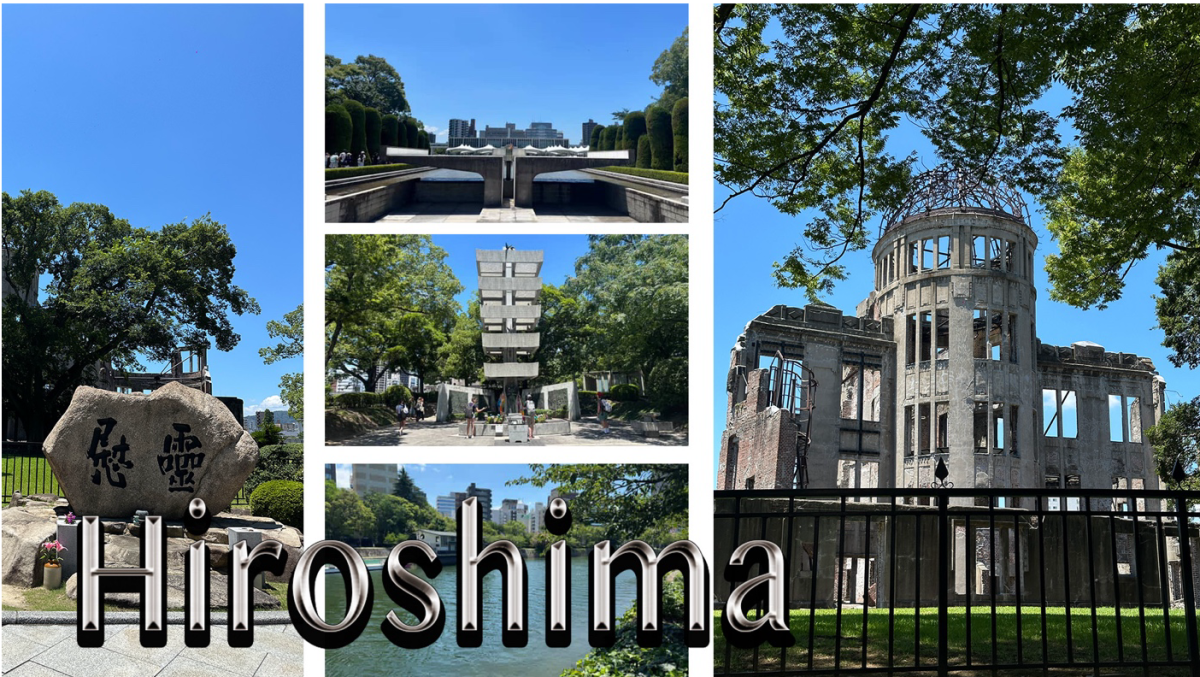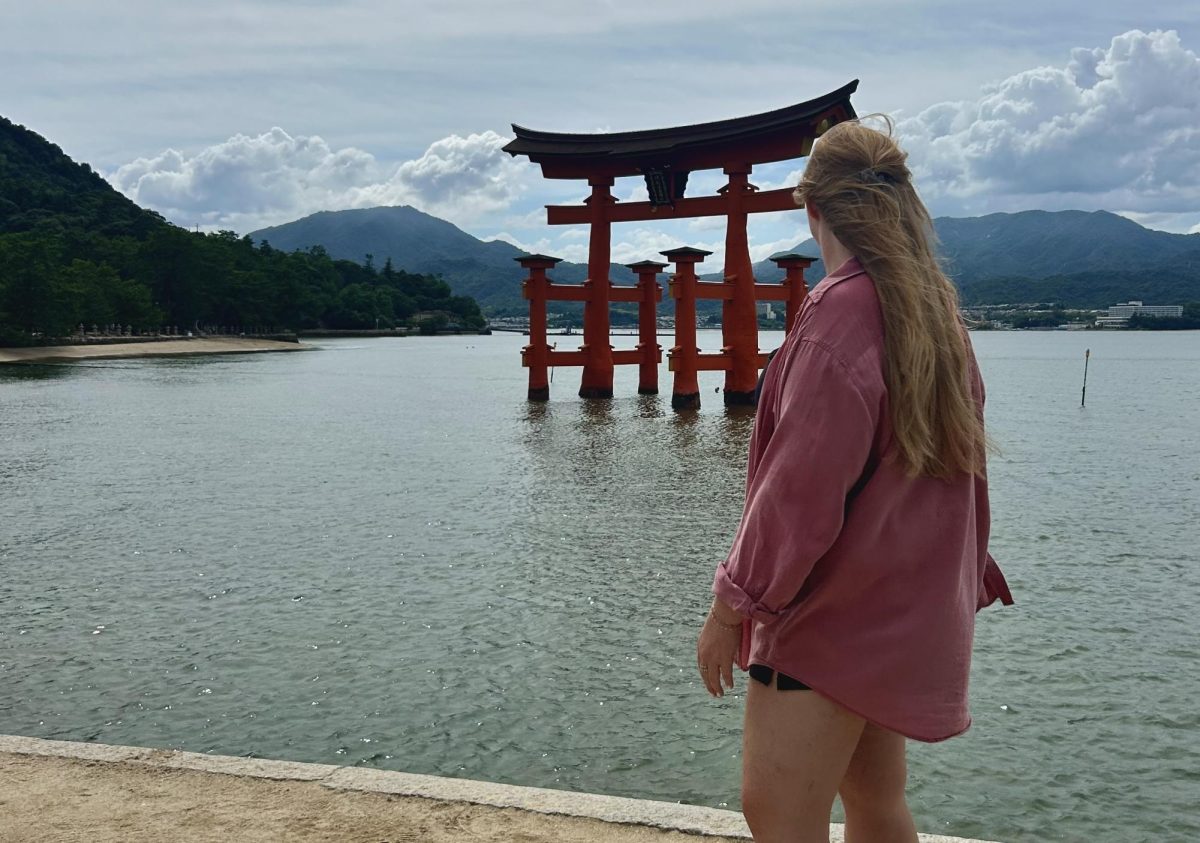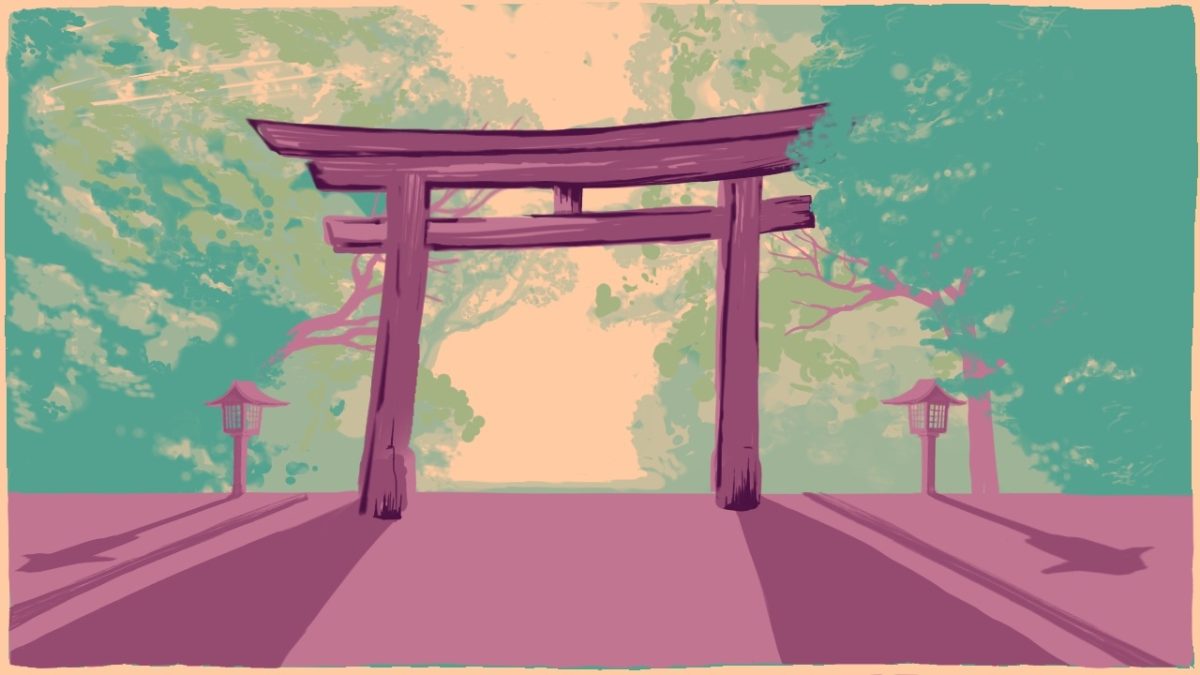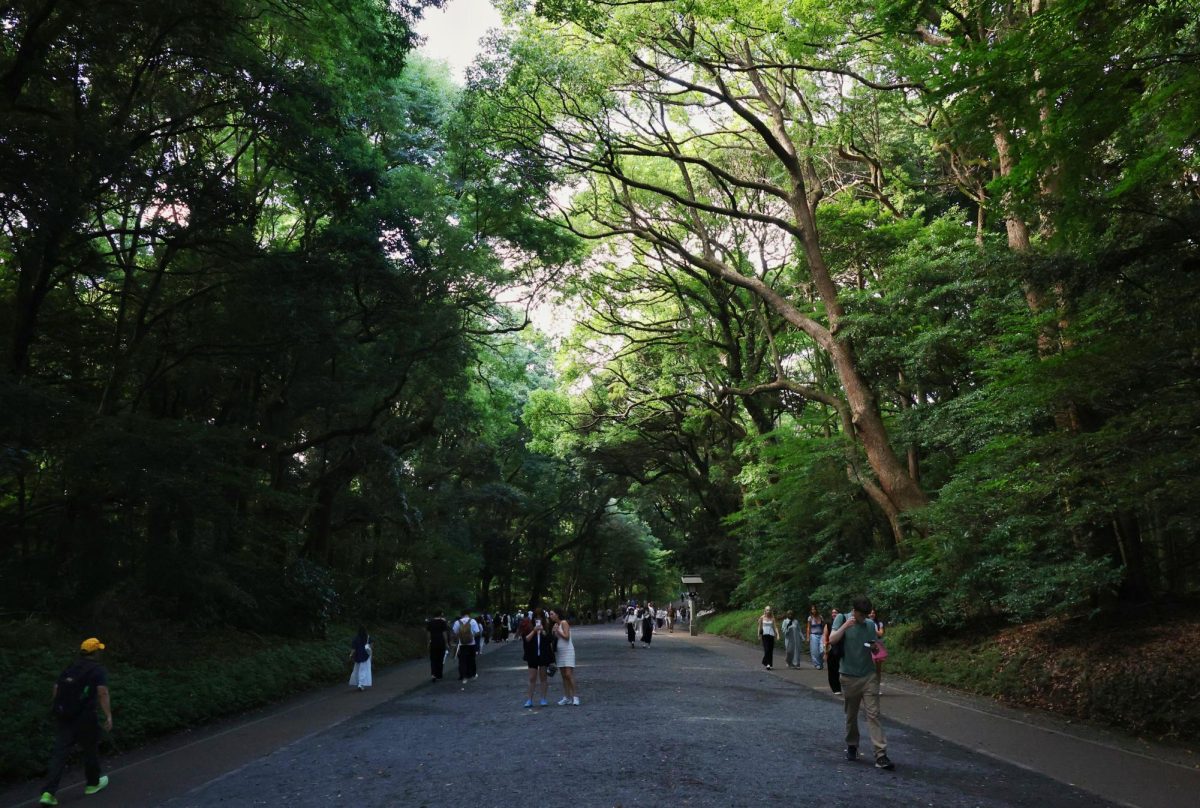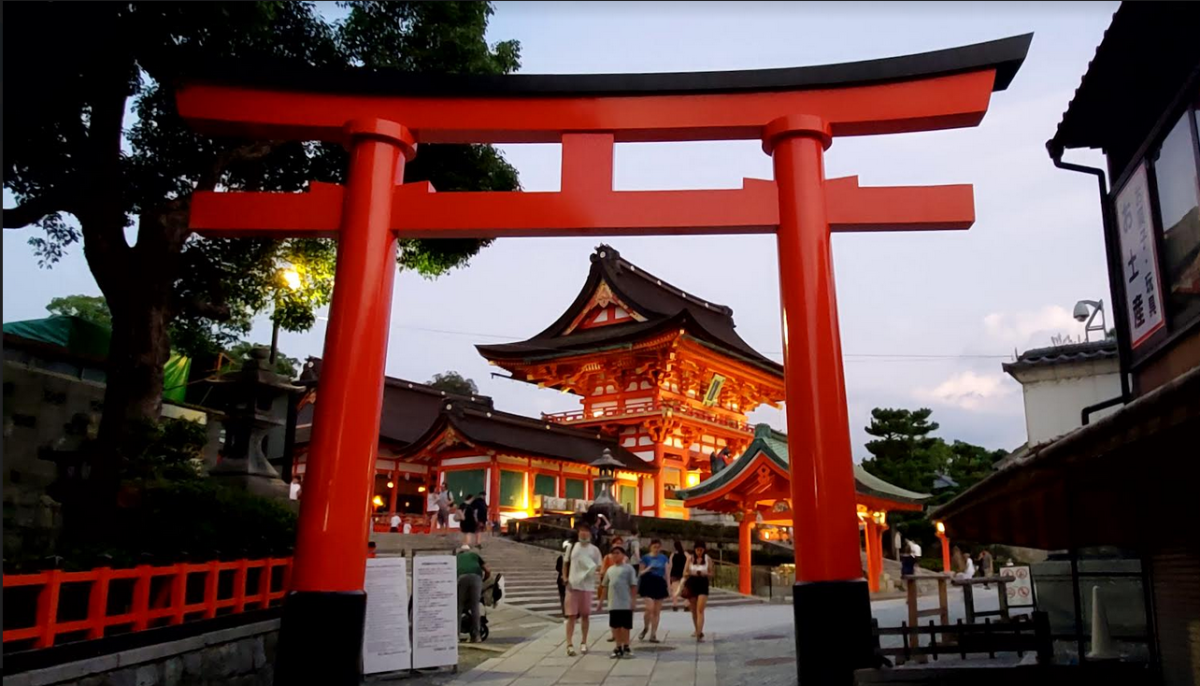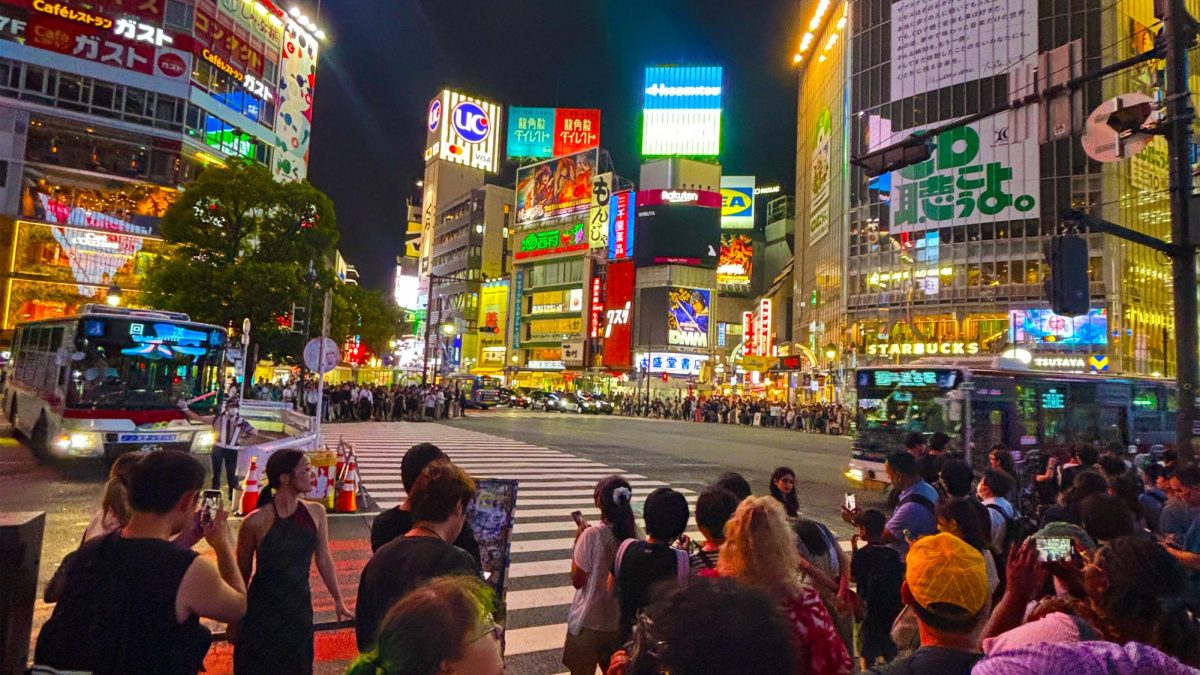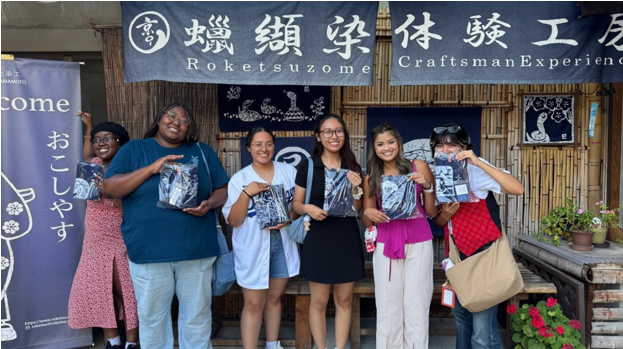KYOTO, Japan—Japan’s rich culture is built in part on the many spiritual and cultural traditions that mark religious faith in the nation.
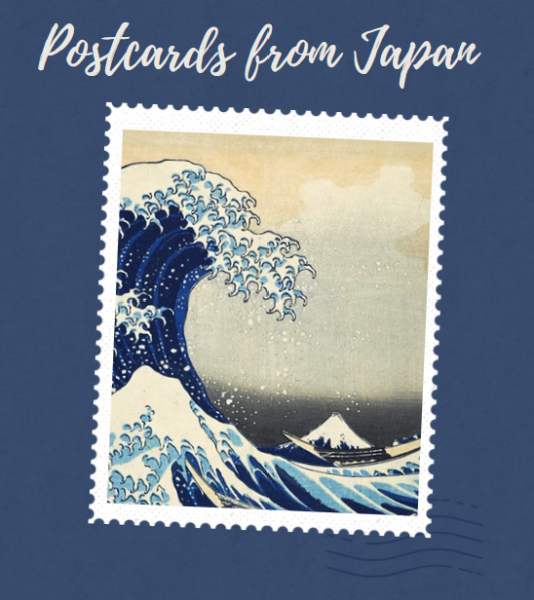
The two major religious traditions in Japan are Buddhism and Shintoism, and Buddhist temples and Shinto shrines will be on the must-visit list of many tourists to Japan. Because of similarities, visitors might be tempted to conclude that the religions are identical.
But while the two are similar, they are distinct religions. Core Buddhist beliefs include the idea that life is suffering, and that suffering is caused by human desires and attachments. Buddhists believe suffering can be put to an end by, among other things, seeking moderation in all things.
By contrast, Shinto adherents believe that kami—spiritual beings—can help keep away evil spirits. Shinto shrines are not only places of worship but home to the kami.
While Buddhist and Shinto beliefs are distinct, they are not mutually exclusive. Indeed, many Japanese participate in rituals and prayers at both Buddhist temples and Shinto shrines.
Buddhism came to Japan from Korea and China in the 6th century. Shinto is considered the indigenous faith of the Japanese people.







